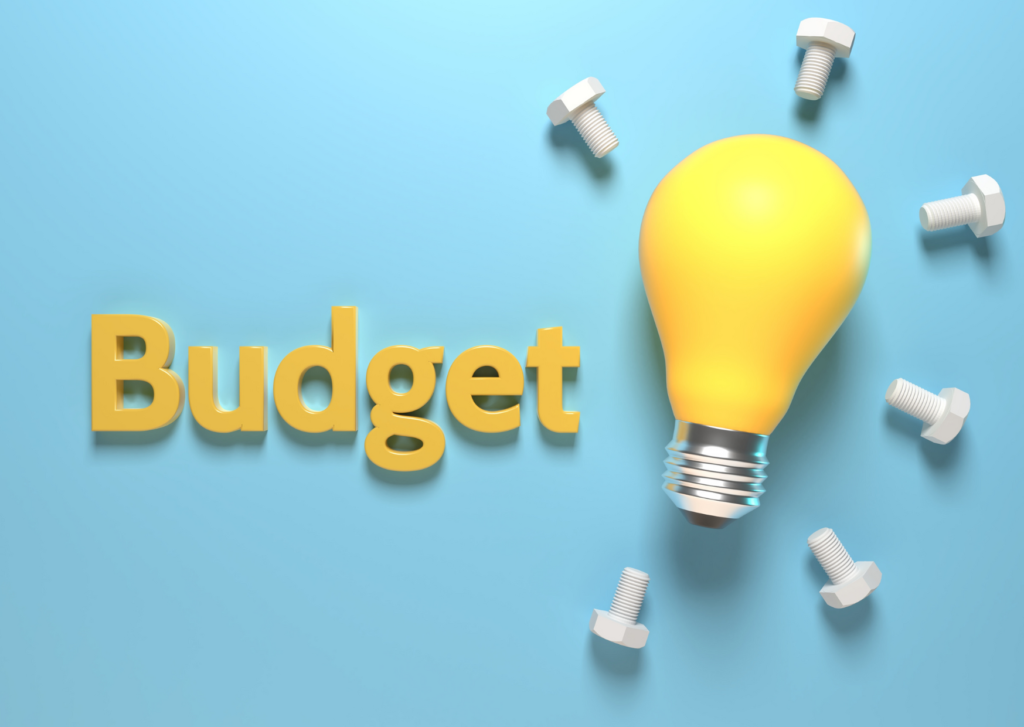In every major project, it is crucial to understand the cost. But what if you don't know the scope of all the functions, as is often the case with the agile approach? We recently discussed that one of the features of the Agile approach is that you can add new features already in the development process. Of course, this increases the time of labor and, accordingly, the budget of the project.
We understand how important it is to control costs, so we shared examples of how to plan costs in an Agile system.

Write down your wishes and set your priorities
Ask the team to provide a list of all the features and projects they would like to complete within a year or a shorter period. The document can be approached informally — it is not necessary to fix the requirements here, but it is important to prioritize each task. Use Google docs, Jira, or any other familiar planning tool for this sheet.
Discuss each item
The resulting list is very similar to the RoadMap (roadmap for Agile tasks), at a meeting with the team, we talk through all the items: no more than 5 minutes are given to discuss each one (it is advisable to turn on the timer). During this time, the person who added the task (most often it is the customer) reveals the essence of the selected functionality. The team then has 10 minutes to ask questions. If there are a lot of features, then the analysis of the RoadMap is divided into several meetings with accurate timing.
Set the cost range for each item
Over the next few days, top-level documentation is created for each item on how it can be designed. It is important to take into account any risks and assumptions. For convenience, in the Ucms Group, we conditionally allocate several ranges:
- S: 0—80 hours;
- M: 80—200 hours;
- L: 200—600 hours;
- XL: 600+ hours.
These "packages" of working hours can differ, depending on the project and the team. The more complex and uncertain the product, the more time we put into work. When the hours are counted, we tell the customer the package size.
Estimate the total cost
After each RoadMap element is worked out, the team meets again. We again go through all the points, discussing in detail how this or that task will be implemented. At the meeting, all participants work closely together to eliminate various kinds of misunderstandings and confusion.
The key to success
The main component in Agile budget planning is the understanding of all parties that these estimates are in no way mandatory, and the costs will change when the project starts. But such an algorithm gives an objective idea of the cost of the product, which means that the costs will be easier to control.